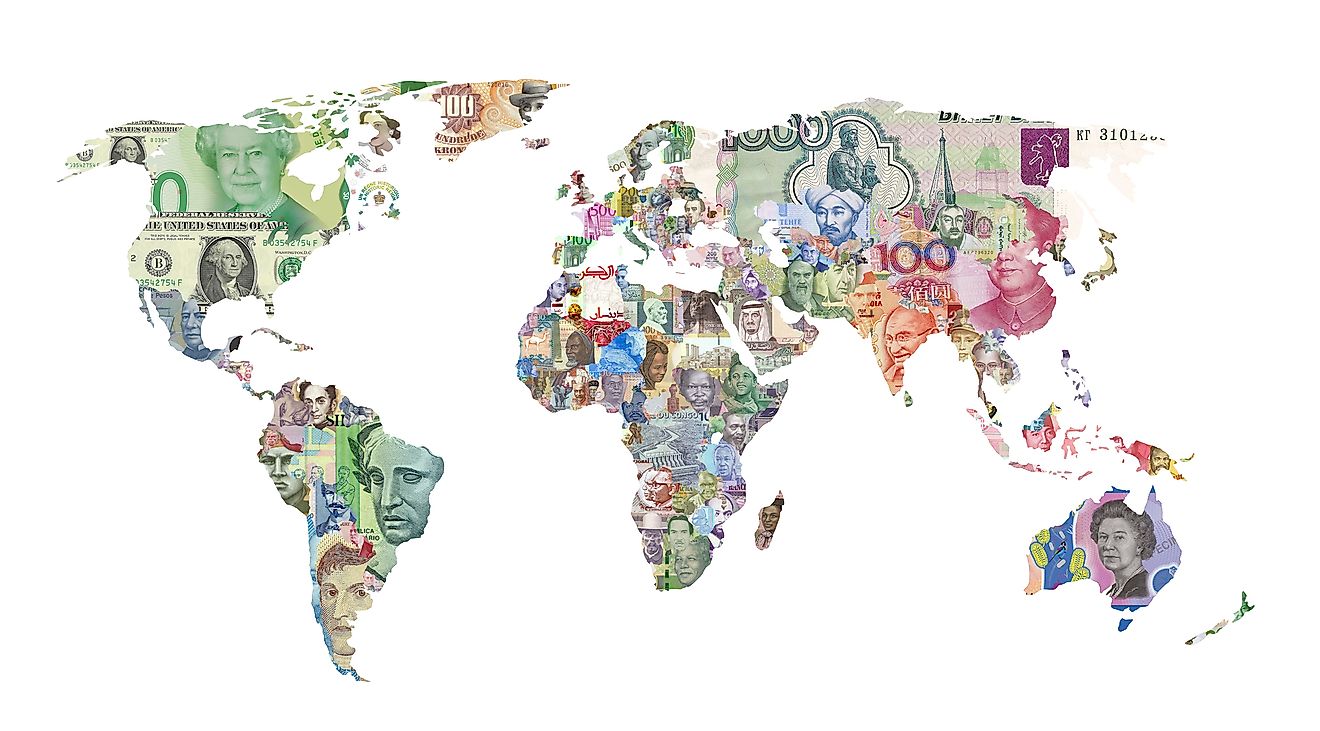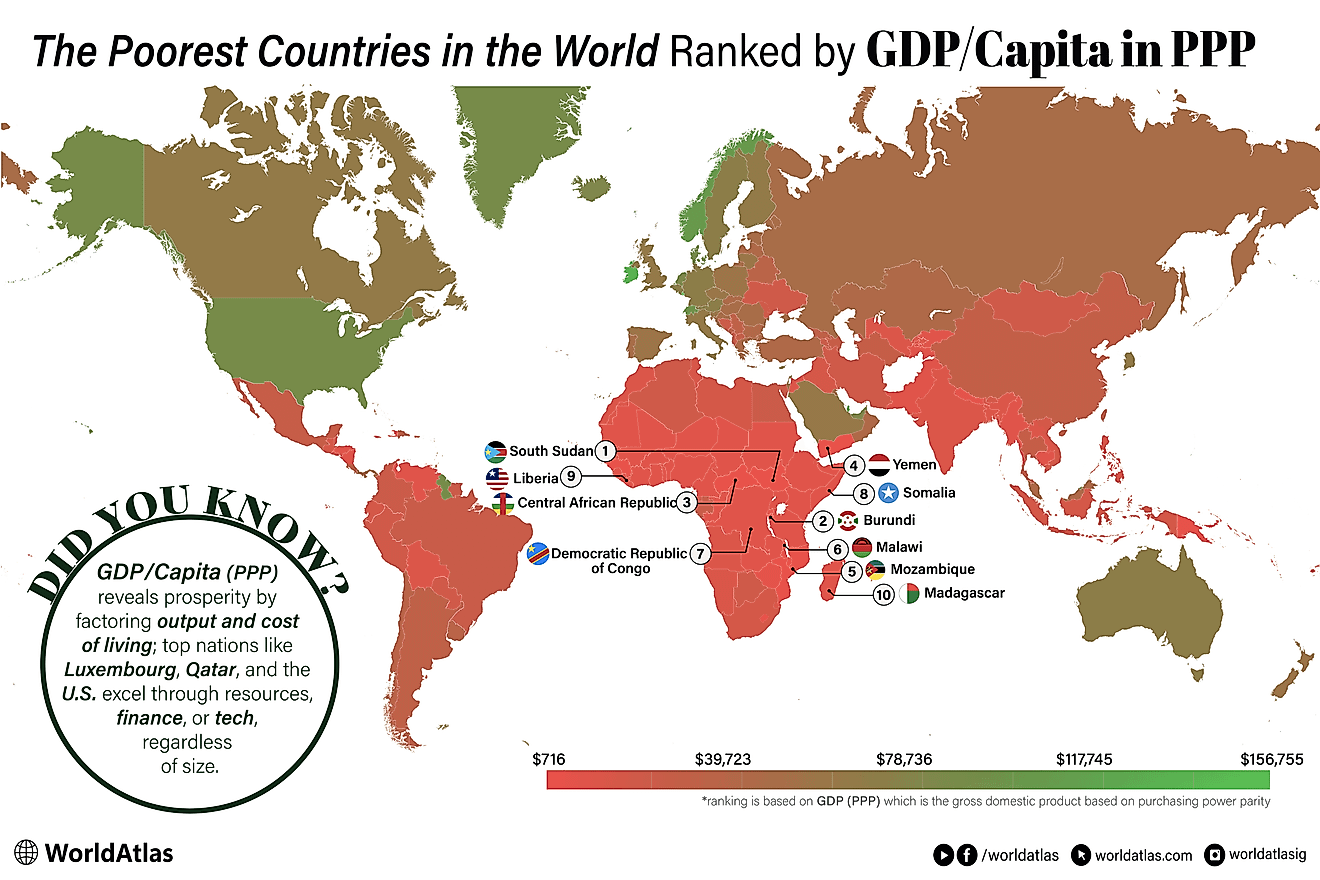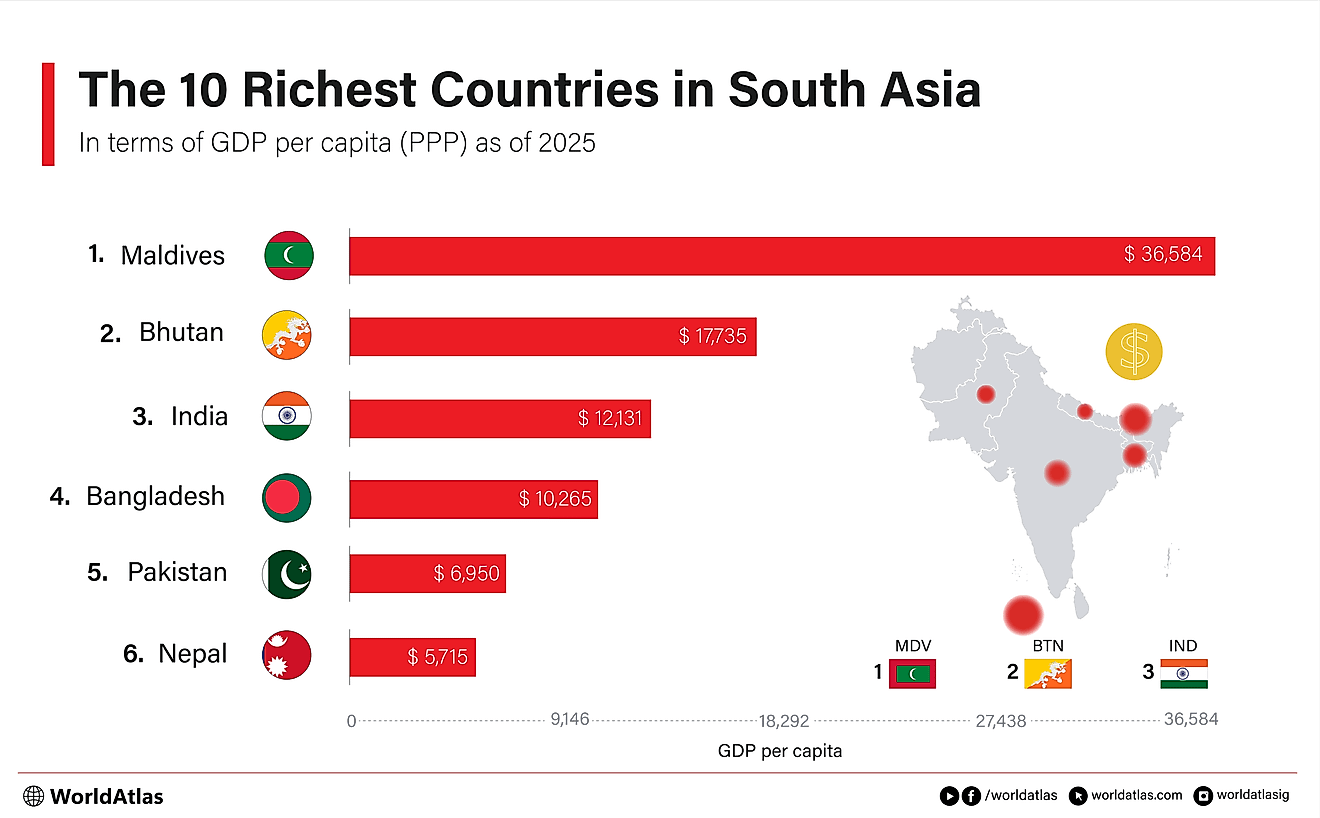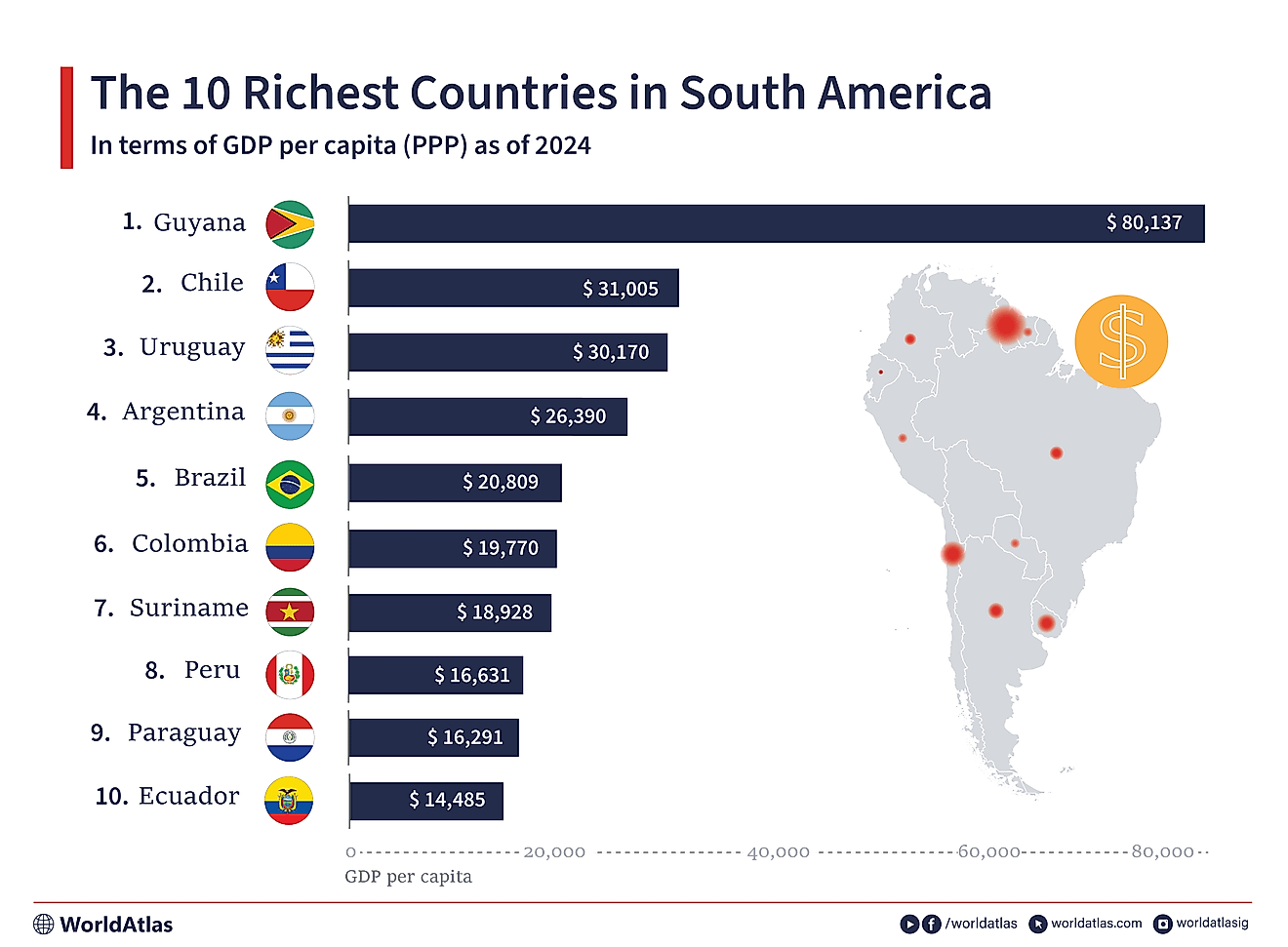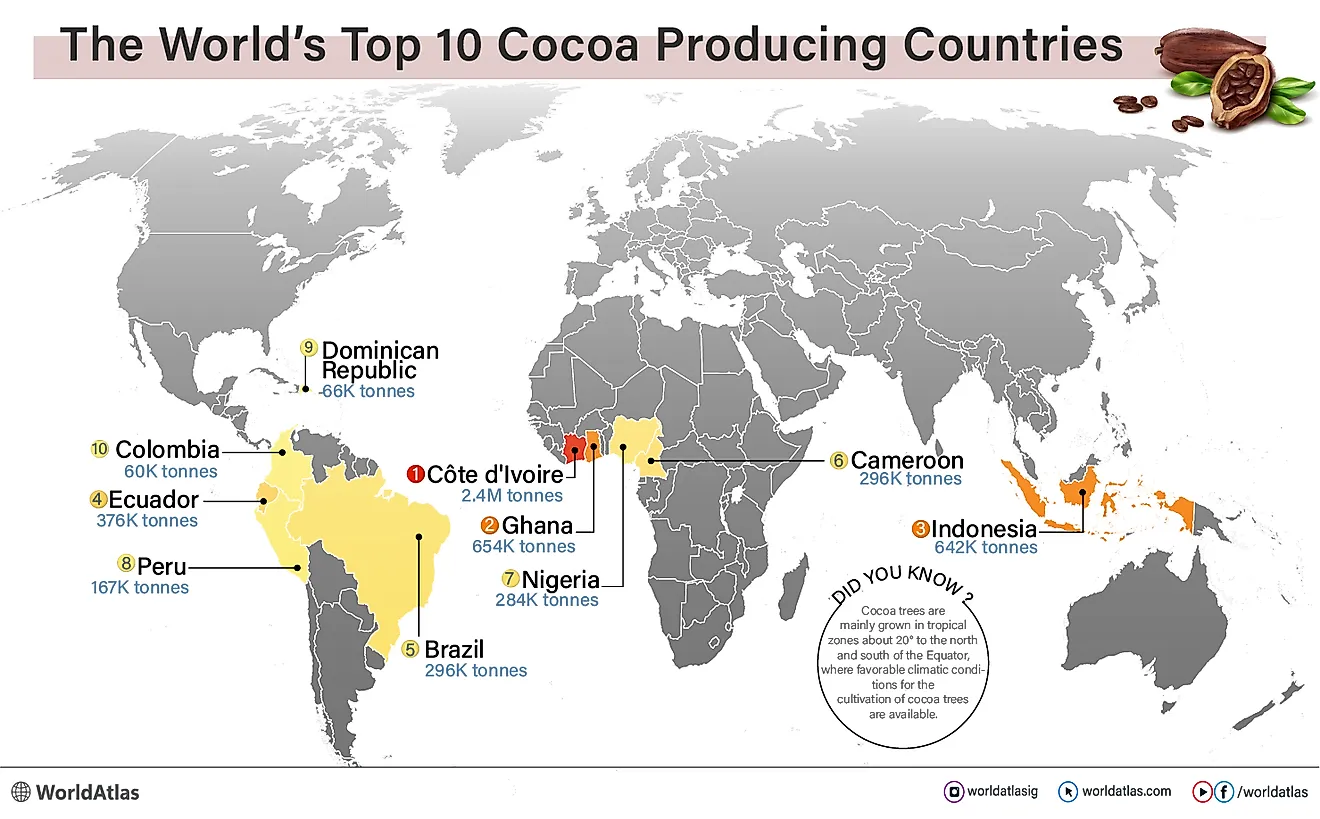What Are The Biggest Industries In Peru?
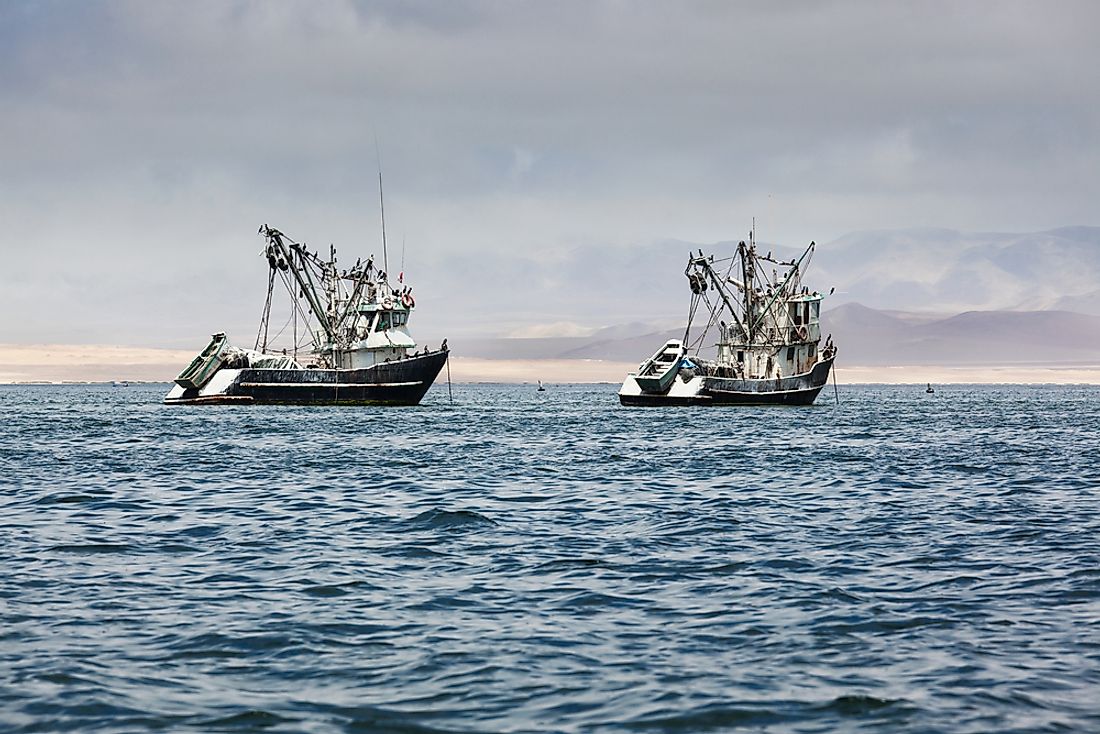
Peru is a state in western South America. It prides itself for being home to the famous Amazon forest and the Andes Mountains. The capital city of Peru is Lima. The country is among the world’s fastest-growing economies. The free trade agreement between Peru and the USA that dates back to 2006 has resulted in further economic growth in the country. Currently, the total GDP of Peru is $458.389 billion with its economy driven by industries such as mining, manufacturing, fishing, and tourism.
The Biggest Industries In Peru
The fast rate of economic growth in Peru has attracted both private and foreign investments in the country’s industries.
Mining Industry
Peru is among the global leaders in the production of lead, copper, gold, and zinc which are exported by the country in large quantities. The mineral-rich areas in Peru are within the Andes where mining has taken place for thousands of years. In 2000, mineral resources made up about 50% of Peru’s exports. Gold is the most significant mining resource in the country. Two gold mines, Yanacocha and Pierina, are the most significant sources of Peru gold. They also generate the highest revenue compared to the other gold reserves in Peru. The country has millions of ounces in gold and copper reserves. Silver mining in Peru is as old as Pre-Columbian societies. One challenge that the mining industry faces is the fluctuations in the market prices which lead to a decrease in revenues from the sector.
Fishing Industry
The fishing industry in Peru provides 10% of the world’s fish consumption. Until 1994, the sector was government-owned. Afterward, the Peru government relinquished its ownership in the fishing industry to the private sector. Fishing increased in Peru due to two reasons: whaling in the 19th century and demand for bird dung (a byproduct of fish found in the small islands off the coast). In 2000, the country caught 10 billion tons of fish and exported fish products worth US$ 1 billion. However, Peru’s fish meal exports to Europe dropped by 41% in 2001 due to a ban by the European Union nations in 2001 on animal products sold to Europe. A significant challenge for the fishing industry is the periodic El Nino encounters. During the years that Peru experiences El Ninos, the fishing industry contributes to only 1% of the country’s economy. The bulk of fish caught are anchovies which are used to make fish meals and products.
Tourism Industry
Tourism is also a significant industry in Peru. From the 1990s, both the government and the private sector have been making efforts to boost this industry. As a result, revenue from the sector increased from $90,000 in the 1990s to about US$1,000,000 in 2001. Approximately US$ 300 million was spent to construct new hotels from 2000-2005. The developments in the tourism industry led to the creation of jobs for about one million Peruvians.
The two focus areas for tourism has been ecotourism and heritage tourism. Ecotourism relates to the conservation of the natural environments including the wildlife and unique species of plants as well as animals. On the other hand, heritage tourism refers to attraction sites that point to the history of a nation and the culture of its people. Examples of tourist attractions in Peru include the Andes Mountains, Amazon rain forest, Colca Canyon, and Machu Picchu. The famous Inca city known as Machu Picchu attracts many tourists to Peru. Additionally, the Amazon rain forest attracts many ecotourists. The challenges faced by the tourism sector in Peru is the pressure on the archeological sites and rainforests leading to the destruction of the tourist sites.
Manufacturing Industry
The manufacturing contributes 20% of the country’s GDP. In the past, Peru would export most of its raw materials. However, today, the raw materials are processed to add value before being transported. An example of an industry that engages in value addition is the textile industry which is responsible for exporting clothes to Europe and the US. In 2000, the textiles sector exported clothes worth US$ 700 million to the US and Europe making it the most promising industry within the industry. Peru signed an agreement with the European Union which resulted in duty-free exports to its member states. The primary objective of the pact was to help curb the drug trade.




